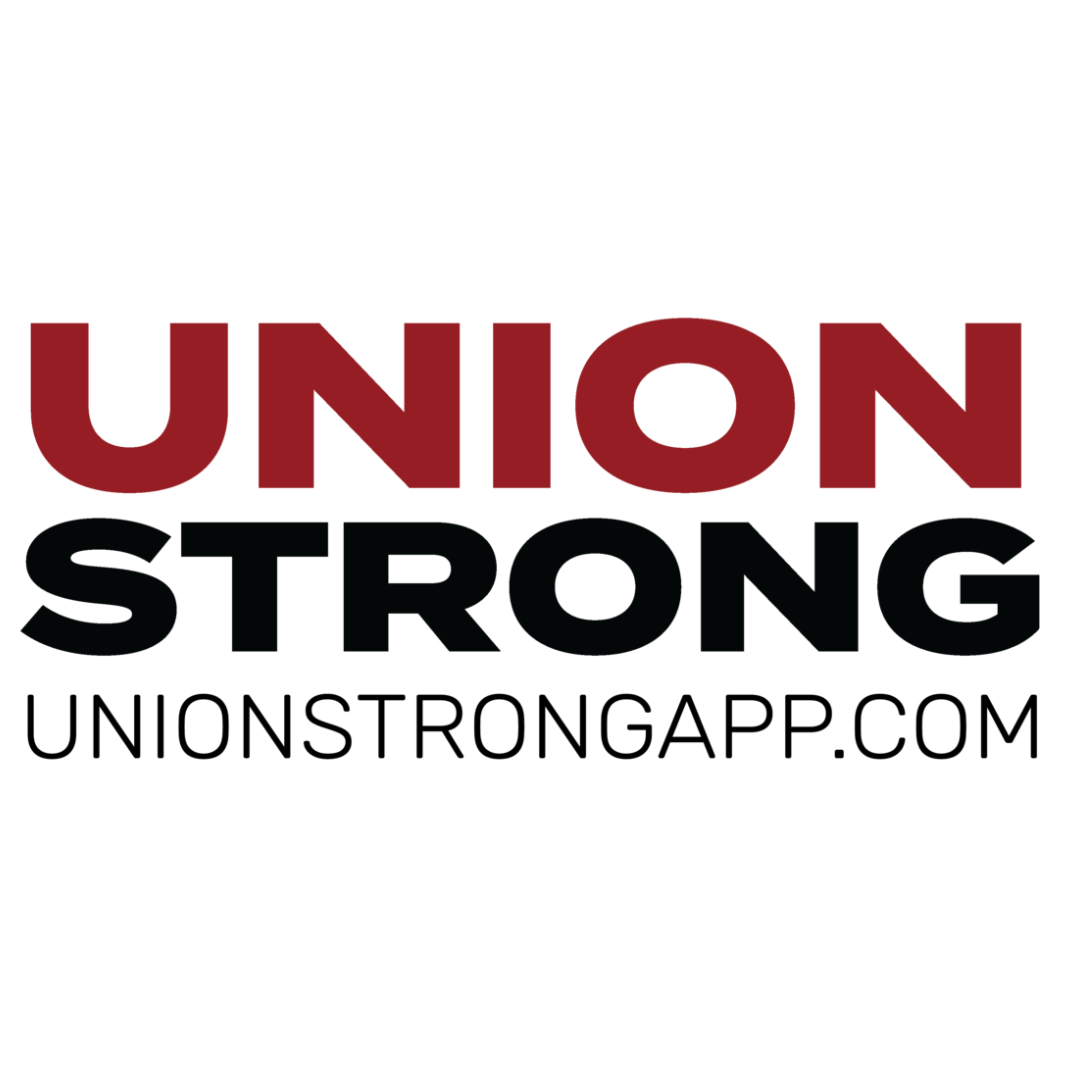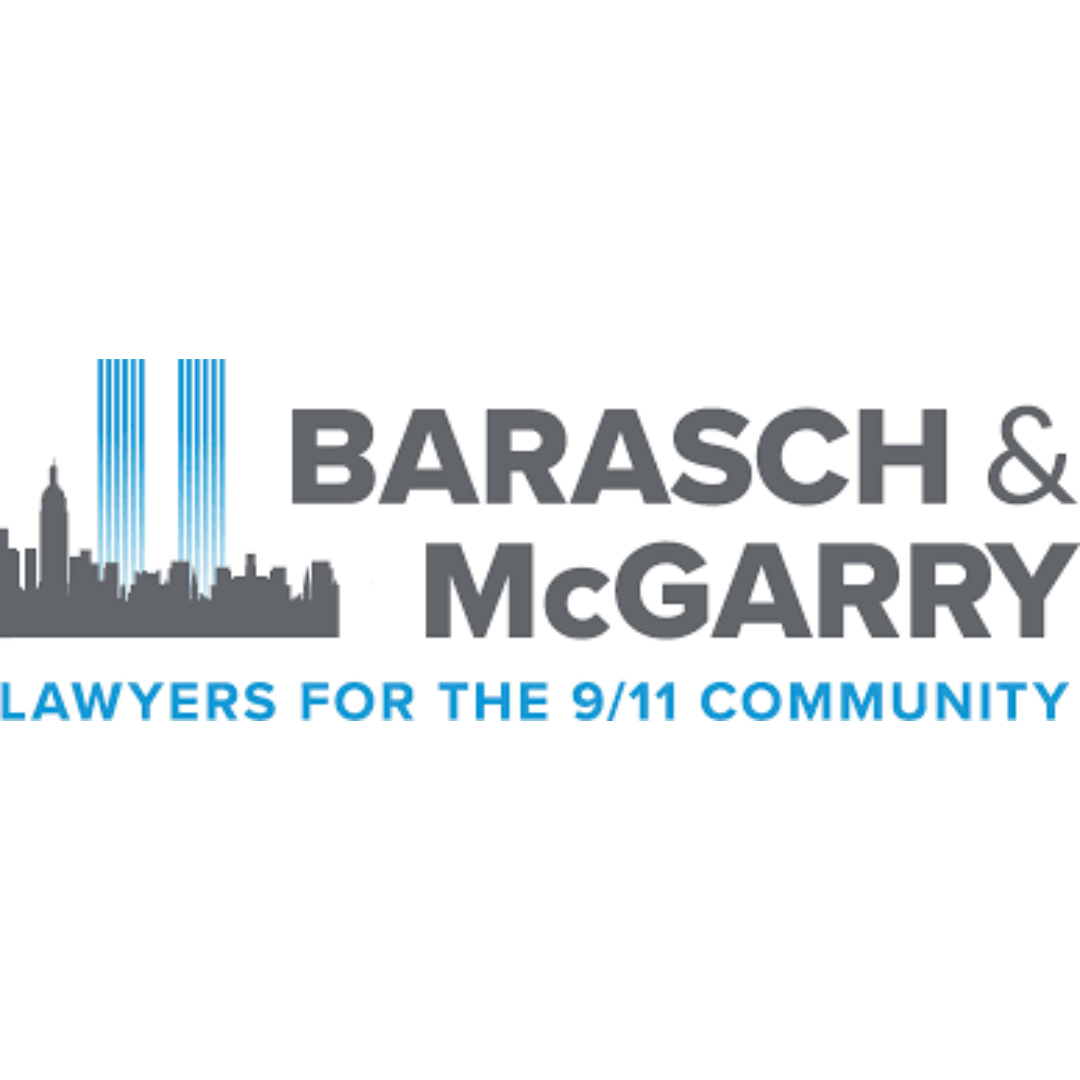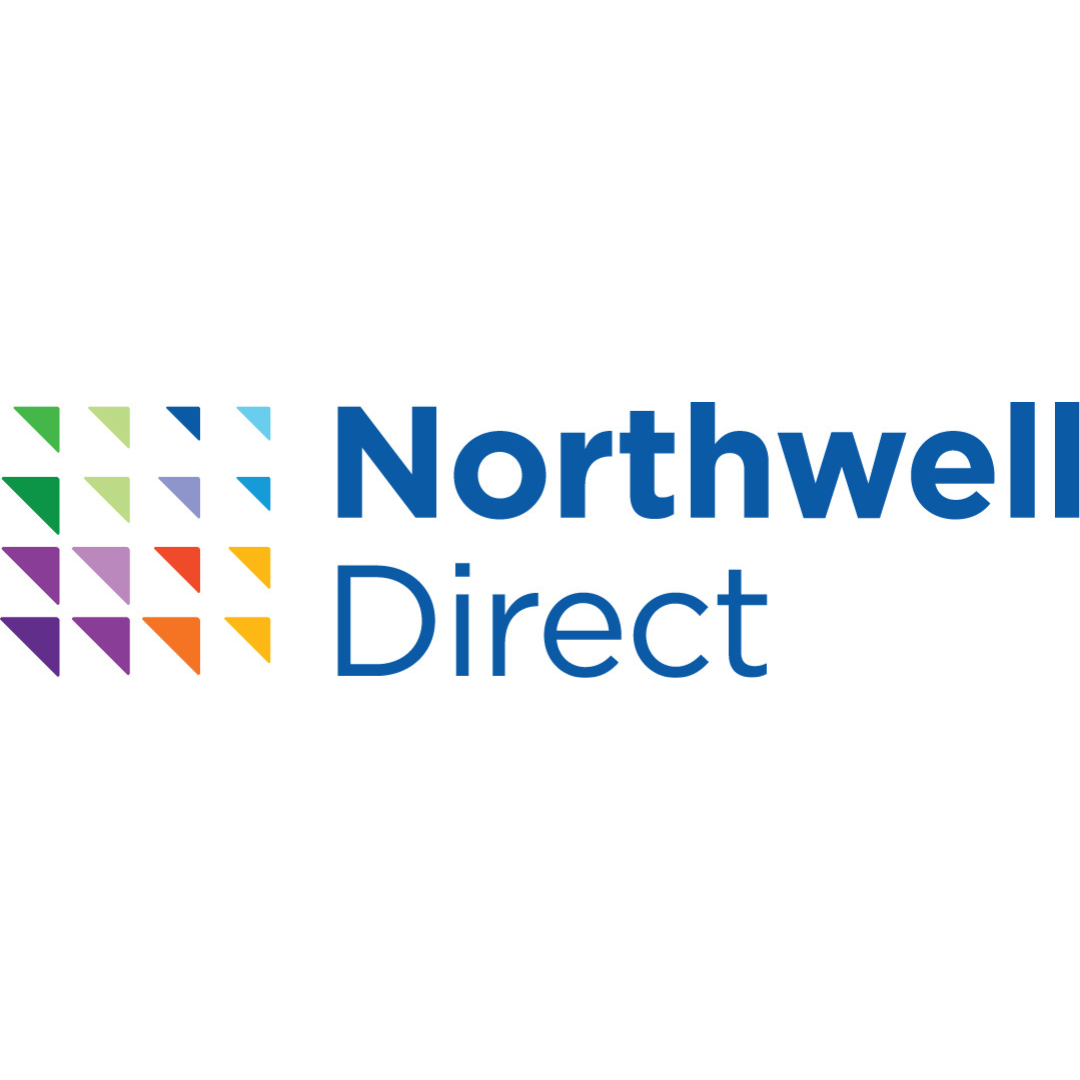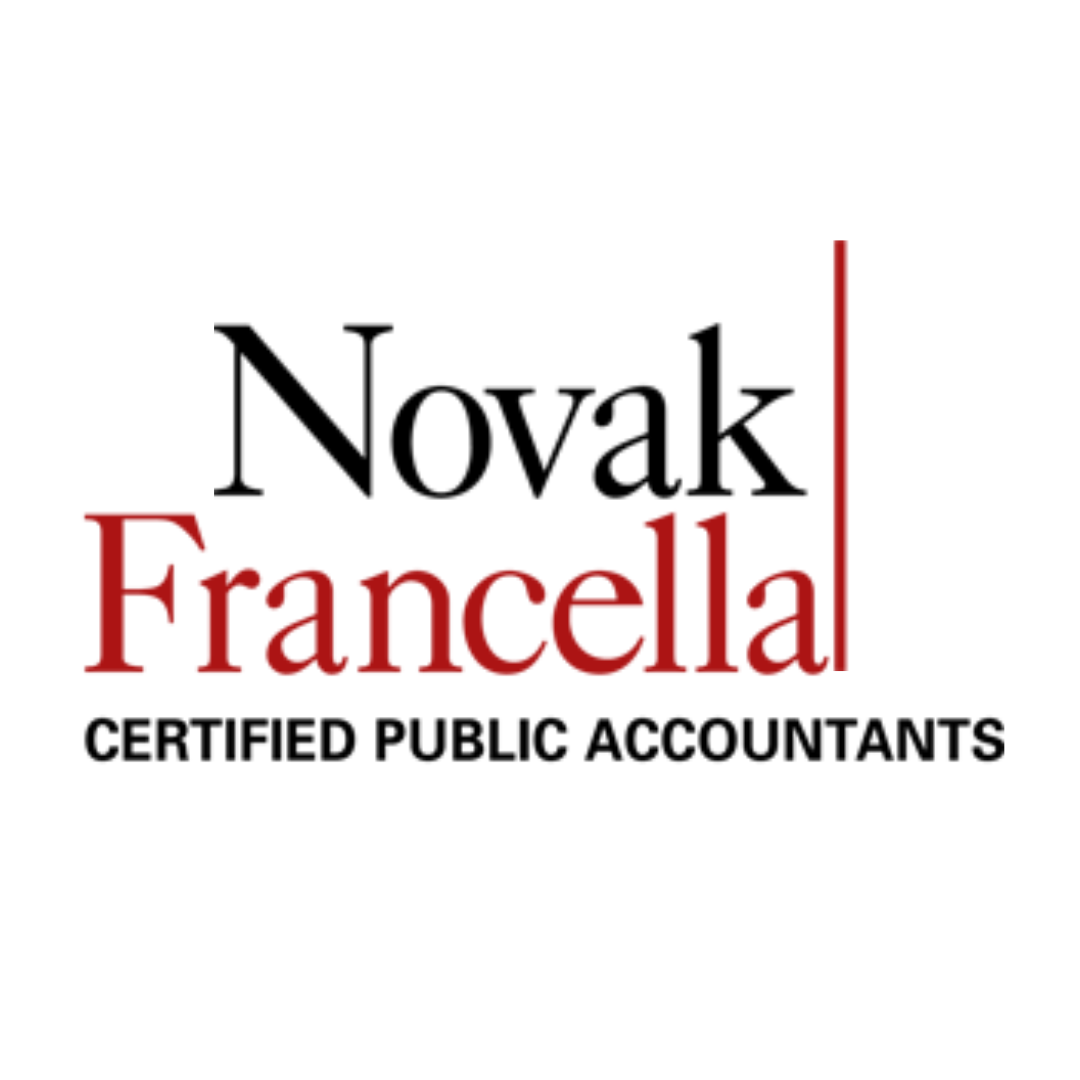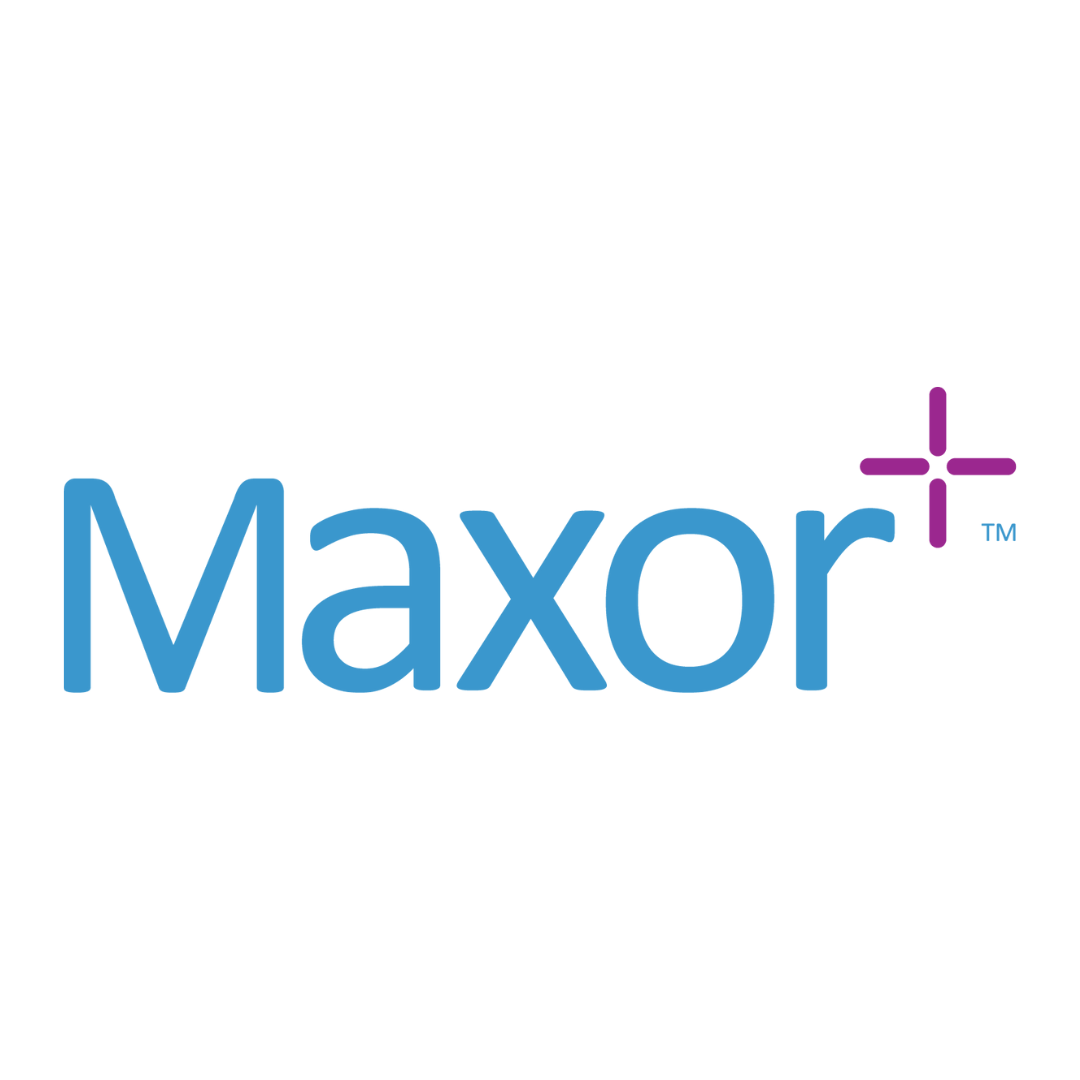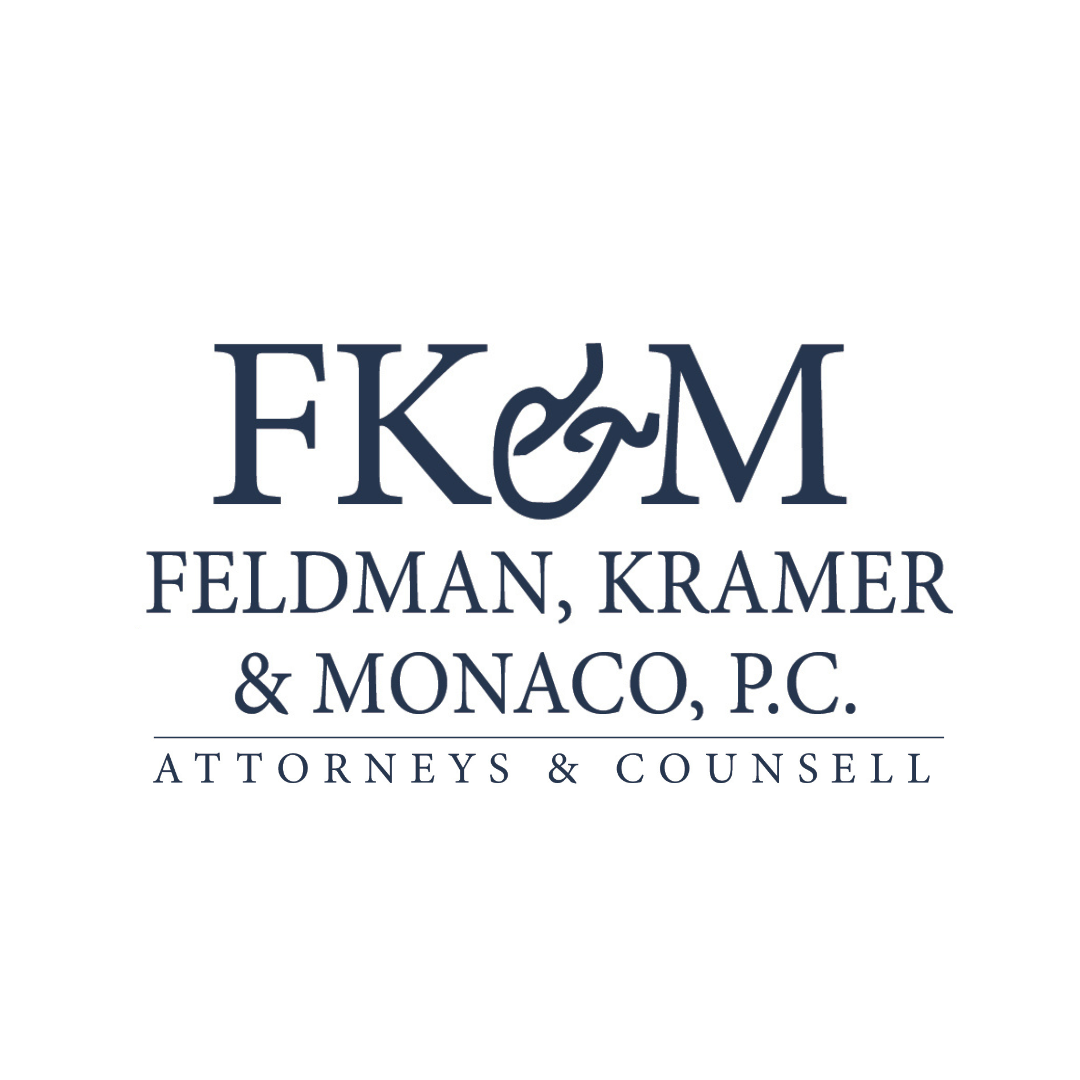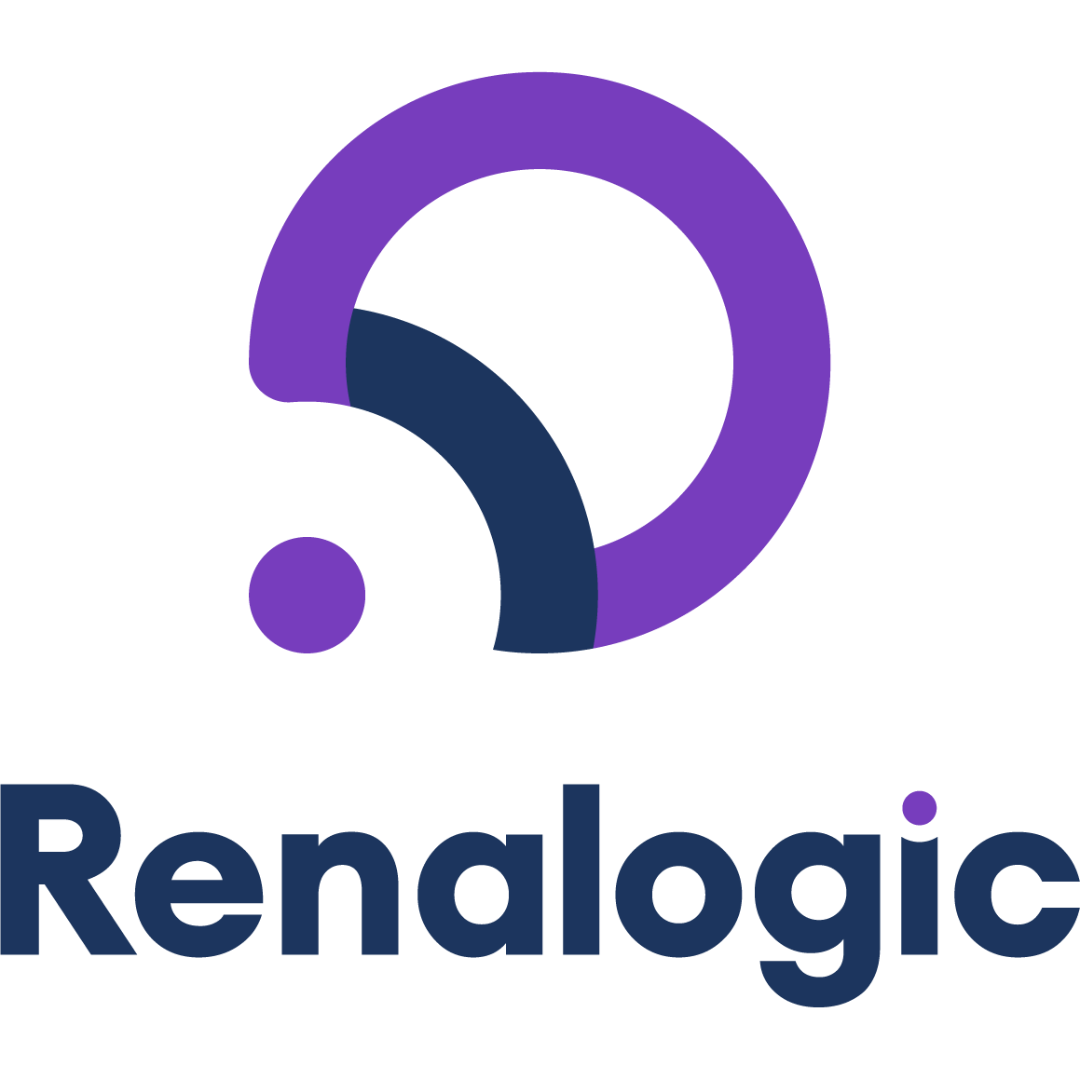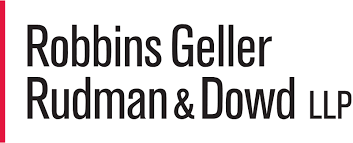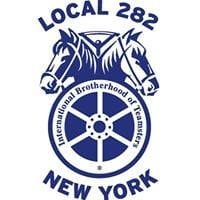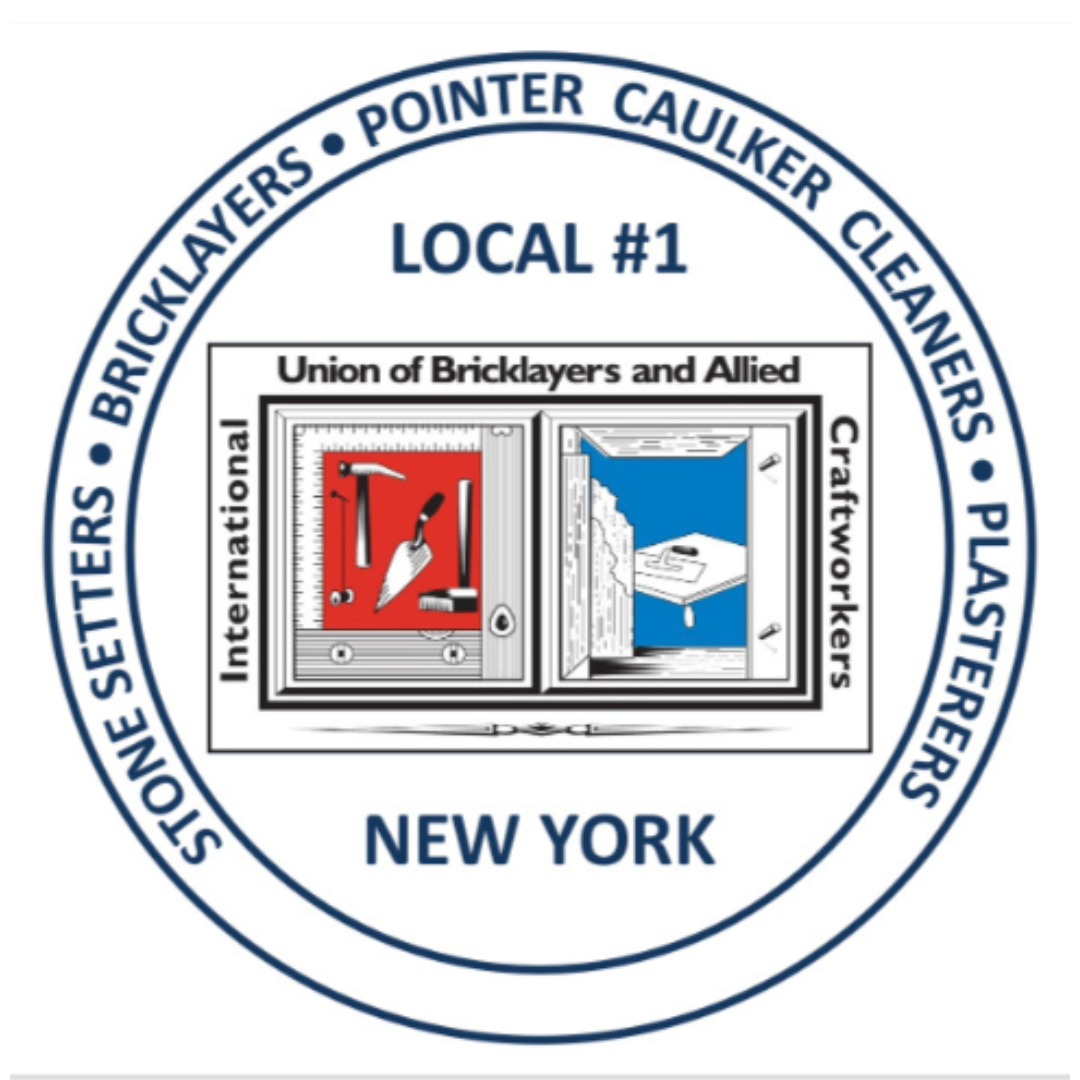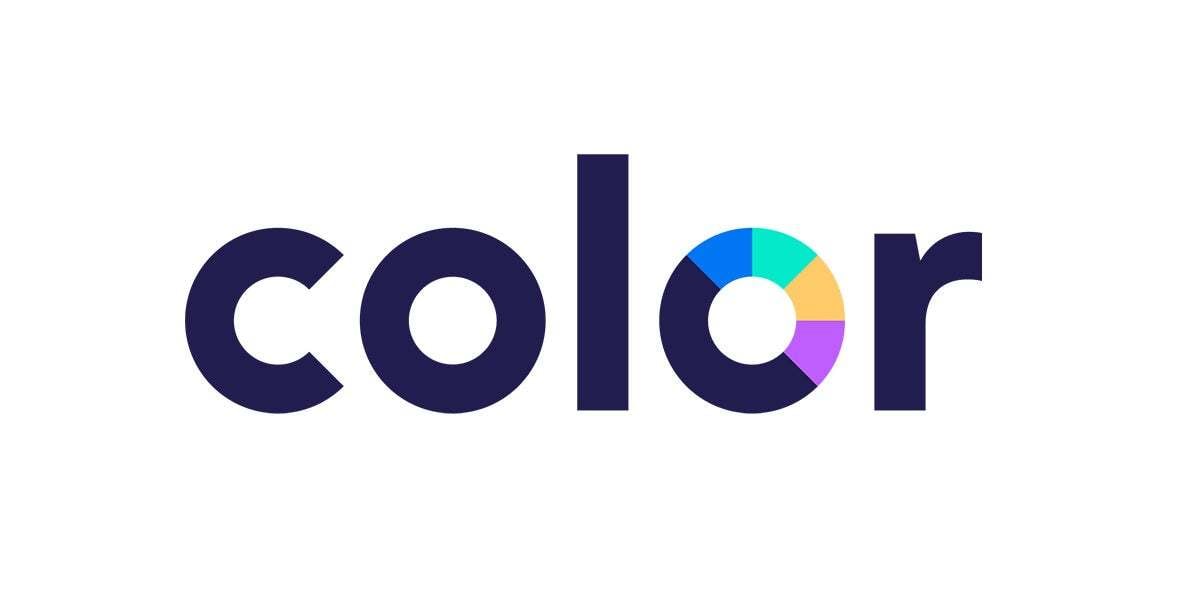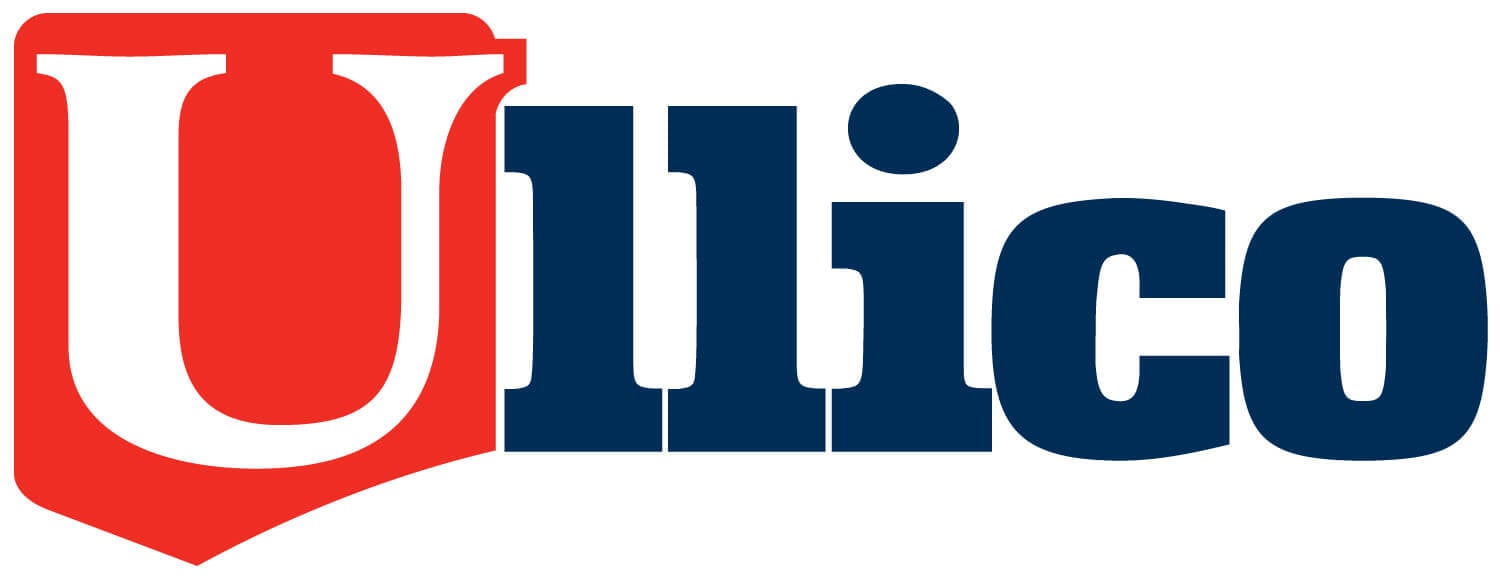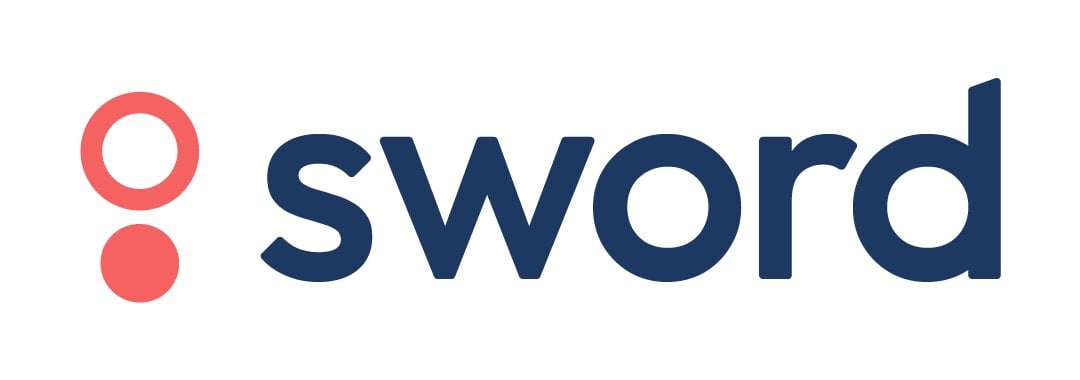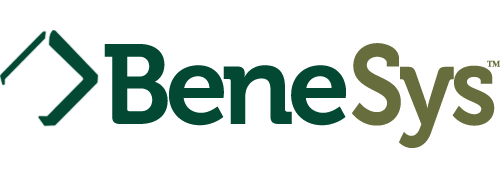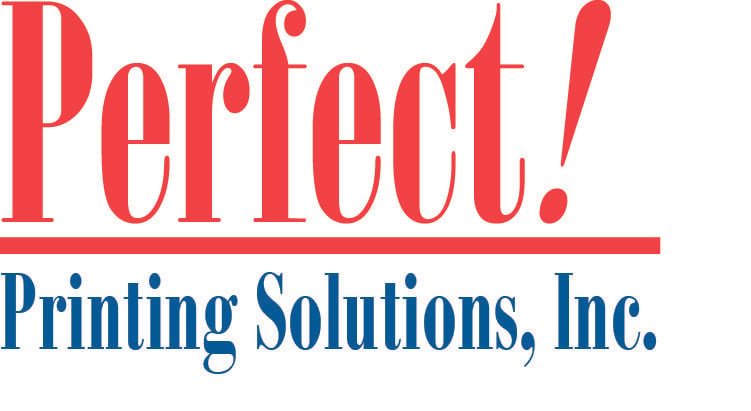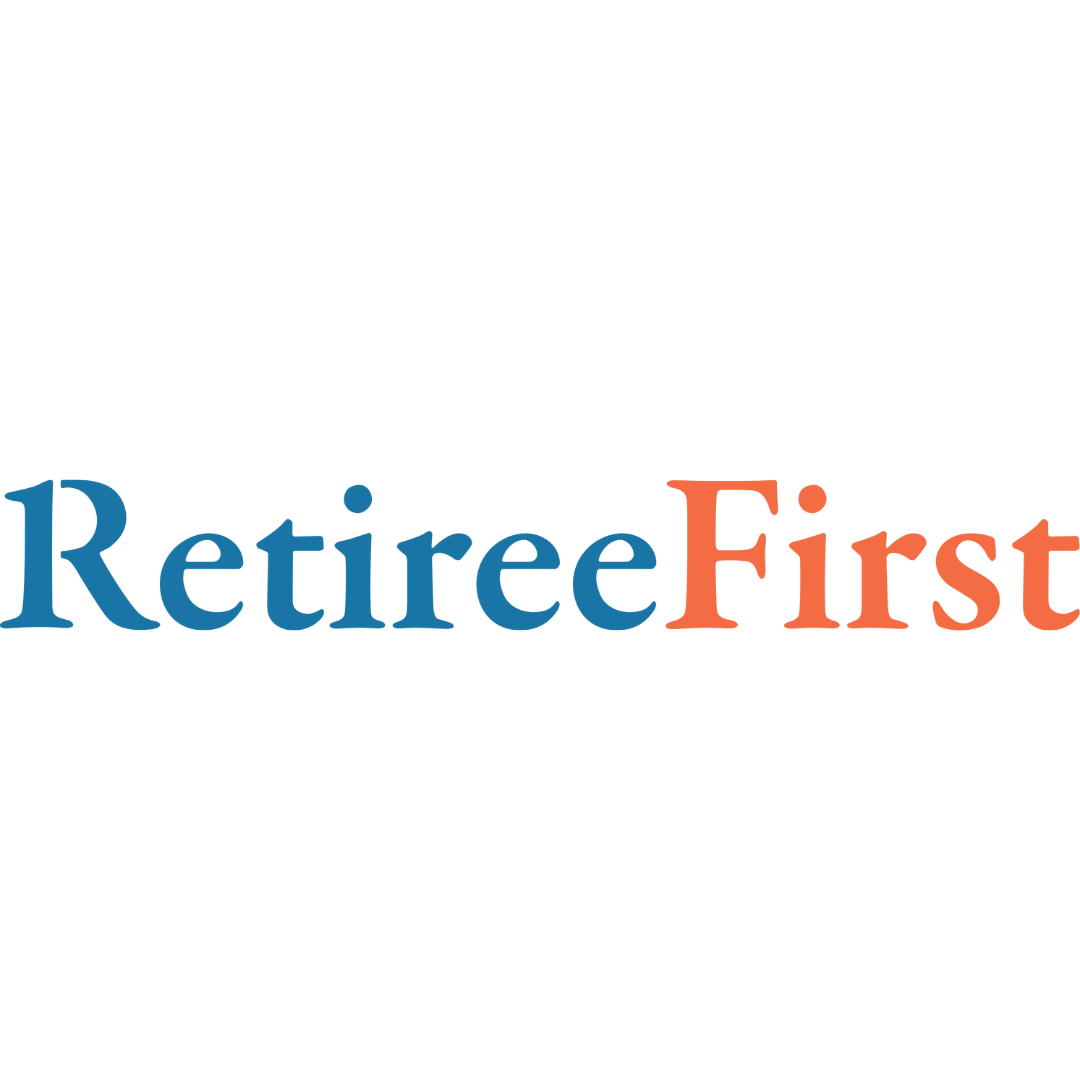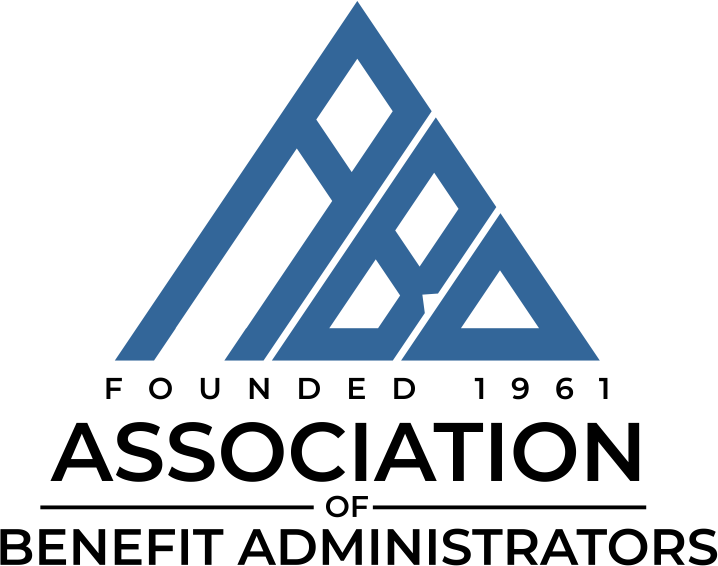Pharmaceutical benefits can be complex, expensive, and fraught with requirements.
Phoenix PBM offers some information, resources, and guidance to take the stress out of managing your benefits.
Use the glossary to find terms and definitions that will help you understand your plan and ask informed questions.
Use the claims evaluation tool to gain the confidence that you are getting the prescription benefits solutions you need at the fairest price.
Glossary
Below you will find definitions to concepts used throughout the industry
Academic Detailing of Prescribers
Information about prescription drugs provided by credentialed clinicians to physicians and other prescribers.
Additional Copay
Also called “Out-of-Pocket” expenses. This is the amount charged once a member uses his/her maximum allowable benefit. The member is responsible for any fees that exceed the amount allowed by the health plan.
Adjudication
Processing pharmacy claims according to the drug benefit plan design established by the plan sponsor.
Approved Indication
Also called the “Labeled Indication.” The therapeutic purpose for which a medication has been approved by the Food and Drug Administration.
Average Wholesale Price (AWP)
The suggested cost of pharmaceuticals determined by the industry’s Blue Book unit price.
Beneficiary
A person who is covered by the plan (e.g., enrollee or member).
Benefit Design
A group of features that determine coverage terms, such as cost-sharing amounts and utilization management requirements (e.g., step therapy and prior authorizations/PAs).
Brand-Name Drug
A drug marketed under a trademark name or that was previously protected by a patent.
Calendar Year
The period between January 1 through December 31 of any given year, usually used to calculate deductibles paid by a member.
Claim
An automated billing statement from the pharmacy that includes the drug provided and its cost.
Coinsurance
A type of cost-sharing design where the member pays a percentage share of the cost of a prescription.
Coordination of Benefits (COB)
Instances in which a member is entitled to benefits from more than one plan or carrier. Primary and Secondary Coverage are the most common COB codes used to adjudicate claims.
Copayment
A type of cost sharing in which a member pays a flat dollar amount per prescription as determined by the member’s health plan and is administered at the benefit level.
Copayment Assistance Program
A program to assist members who cannot afford to make the copays of expensive medications.
Deductible
The amount a member pays out of pocket before coverage begins.
Dispense As Written (DAW)
A designation limiting the pharmacist to dispensing a prescription according to a specific provision authorized by the member’s health plan.
Dispensing Fee
An amount paid to the network pharmacy in addition to the calculated price of the drug.
Direct Member Reimbursement (DMR)
A process where a member pays out of pocket for a prescription and then submits the receipt and claim form for reimbursement.
Drug Formulary
A list of preferred drugs or products used to treat patients in a drug benefit plan. Drug formularies can be Open (few or no limitations to the drugs covered), Closed (drugs are limited to what is contained in the formulary), and Restricted (a formulary that allows for limited flexibility in drug choice).
Drug Utilization Review (DUR)
A process that evaluates prescribing patterns and patient drug utilization against predetermined standards to determine the appropriateness of drug therapy. Examples of DUR edits include pregnancy, therapeutic duplication, age precautions, dose range, drug interaction precautions, and gender compliance.
Edit
An edit is used to alter the way a certain drug product is dispensed or processed. Edits include point-of-sale restrictions (or DUR), benefit design edits (pricing and copay structure to be applied), restriction edits (not in formulary), or carrier edits (does claim fall into the required time and date parameters).
Eligibility
Requirements that plan members must satisfy to be insured. Eligibility is also used to determine the drugs and therapies covered by the plan.
Enrollee
A person who is covered by the plan (e.g., beneficiary or member).
Explanation Of Benefits (EOB)
A report that details how a reimbursement amount is generated. Checks issued to pharmacies or members are accompanied by an EOB report.
Food and Drug Administration (FDA)
The public health agency is responsible for protecting American consumers by enforcing the Federal food, drug, and cosmetic act, as well as several other related health laws.
Generic Drug
A chemically equivalent copy designed from a brand-name drug whose patent has expired. Generic drugs are typically less expensive than brand name drugs and sold under the chemical name for the drug.
Ingredient Cost
The component of a prescription drug claim that represents the cost of the medication.
Labeled Indication
Also called the “Approved Indication.” The therapeutic purpose for which a medication has been approved by the Food and Drug Administration.
Lifestyle Drugs
Federal legend drugs used to improve the quality of a person’s life, and not considered medically necessary.
Limited Pharmacy Network
A pharmacy network from which at least one major chain has been eliminated for members to obtain dispensed prescriptions.
Maximum Allowable Cost (MAC)
A generated list of products that includes the upper limit or maximum amount that a plan will pay for generic drugs and brand name drugs that have generic versions available (multi-source brands).
Mail Order Pharmacy
Licensed pharmacy that dispenses medications and mails them to a member’s home, typically sent in quantities of up to three-month supply. A convenient way to obtain maintenance drugs that treat chronic conditions (e.g., diabetes, hypertension).
Maintenance Medication
A drug is considered a maintenance medication when it is being taken to treat a chronic condition for an ongoing period.
Manufacturer Assistance Program (MAP)
Programs that provide free to lower cost medications to people who cannot afford to buy their medicine.
Medication Therapy Management (MTM)
A pharmacist-provided service that includes: (1) complete review of all prescribed medications and over-the-counter products; (2) personal medication records; (3) medication action plan for the patient; (4) intervention and referral to other health care providers; and (5) documentation.
Member
A person (e.g., beneficiary or enrollee) who is covered by the plan.
Nonformulary Drugs
Drugs that are not included on a plan’s drug list of formulary.
Nonpreferred Brand Drug
Brand name drugs that are not included on a plan’s preferred drug list. These drugs are often restricted-requiring a prior authorization (PA) or excluded as a covered drug.
Out of Pocket Expenses
Also called “additional copay” expenses. This is the amount charged once a member uses his/her maximum allowable benefit. The member is responsible for any fees that exceed the amount allowed by the health plan.
Over The Counter (OTC)
A drug or product sold directly to the public and does not need a prescription to be purchased.
Prior Authorization (PA)
Guidelines necessary to override claims that would otherwise be denied. Guidelines are established by the health plan and determine the criteria that must be met before a “prior authorization required” claim will be processed.
Pharmacy and Therapeutics (P&T) Committee
Groups of physicians, pharmacists, and other healthcare providers from different specialties who advise a PBM, hospital, or managed care organization on the safe and effective use of medications. The P&T Committee manages the formulary, establishes drug use guidelines and policies, and may act as the line of communication between the medical and pharmacy components of a health plan.
Pharmacy Benefits Manager (PBM)
An organization dedicated to providing prescription benefits management services to self-funded employers, health plans, third-party administrators, Taft-Hartley (union) groups, and other plan sponsors. A full-service PBM maintains eligibility data, processes and adjudicates prescription claims, provides clinical and benefit design consultation, creates and maintains a pharmacy network.
Pharmacy Channel
Type of pharmacy provider that may dispense a medication to a patient, including retail pharmacy, mail service pharmacy, specialty pharmacy, infusion pharmacy, or medical provider.
Pharmacy Network
Pharmacies from which members can fill prescriptions or purchase over the counter drugs or products that are covered under the plan. Network pharmacies can include any channel pharmacy provider.
Preferred Brand Drug
A brand name drug that is included on a plan’s preferred drug list.
Preferred Drug List
A list of drugs available to plan members at lower cost-sharing amounts than drugs not on the list.
Preferred Pharmacy Network
A network of pharmacies where members are encouraged or incentivized to use, typically by paying reduced cost sharing levels.
Prescriber
A licensed clinician (physician, nurse practitioner, or physician assistant) who writes a prescription for a patient.
Prescription Drug
A drug approved by the FDA, and under federal or state law that is prohibited to be dispensed without a prescription written by a licensed clinician.
Prior Authorization (PA)
A process in which coverage for a prescription is established on meeting clinical criteria established by the PBM or plan sponsor. The process typically requires action from the physician, pharmacies, and patient.
Prospective Drug Utilization Review
The process of evaluating prescribing patterns and patient drug utilization against predetermined standards that takes place before dispensing the drug to the patient.
Quantity Limits
A limit on the number of pills or dosages of a prescription drug that will be covered, either per claim or per unit of time.
Retrospective Drug Utilization Review
The process of evaluating prescribing patterns and patient drug utilization against predetermined standards that takes place after dispensing the drug to the patient.
Safety Edits
A type of prospective DUR that warns a provider about prescribing or dispensing a medication that may be unsafe for the patient or that stops the drug from being dispensed.
Specialty Drug
Specialty drugs are high-cost medications that require special monitoring, handling, administration, and clinical support. They include, but not be limited to, injectable medications, select oral medications, select compounded products, biotherapies, biologicals, coagulant products, blood derivatives, specialty infusion services, and other select products and supplies requiring a valid prescription.
Specialty Pharmacy
The service created to manage the handling and service requirements of specialty pharmaceuticals, including dispensing, distribution, reimbursement, case management, and other services specific to patients with rare and chronic diseases.
Step Therapy
Treatment guidelines used to recommend drug therapy beginning with low-cost medication therapy. More expensive therapies are used only when the member fails to respond to the first-line medication therapy.
Therapeutic Substitution
The substitution of a medically equivalent but chemically different drug for an originally prescribed medication.
Tier
A category used to establish cost sharing levels for medication, where generics drugs placed in a low-cost Tier 1 and brand drugs placed in higher tiers.
Georgia MAC/NADAC Comparison Info
MAC Appeals/Updates
To make a MAC appeal please email quality@phoenixpbm.com and provide the following information:
- Pharmacy NPI/NABP
- Pharmacy Name
- Pharmacy Chain
- Rx Number
- Rx Date
- NDC Number
- Drug Description/Name
- Quantity filled
- Adjudicated Price
- Purchase Price
We will review your request and provide you with a response of our findings. If you wish to request a current MAC list, please make a request via email to quality@phoenixpbm.com. Requests will be reviewed, and any information will be provided based on contract terms and state regulations.
Contracting
For Contracting inquiries please contact quality@phoenixpbm.com.
Questions? Let’s talk.
Phoenix is a committed, responsive partner who listens first and works hard to address your needs so we can succeed together. How can we help you?
Call Us
We’d love to hear from you.
MON – FRI
9:00am – 5:00pm ET
Fill out a short form and we’ll get right back to you.

